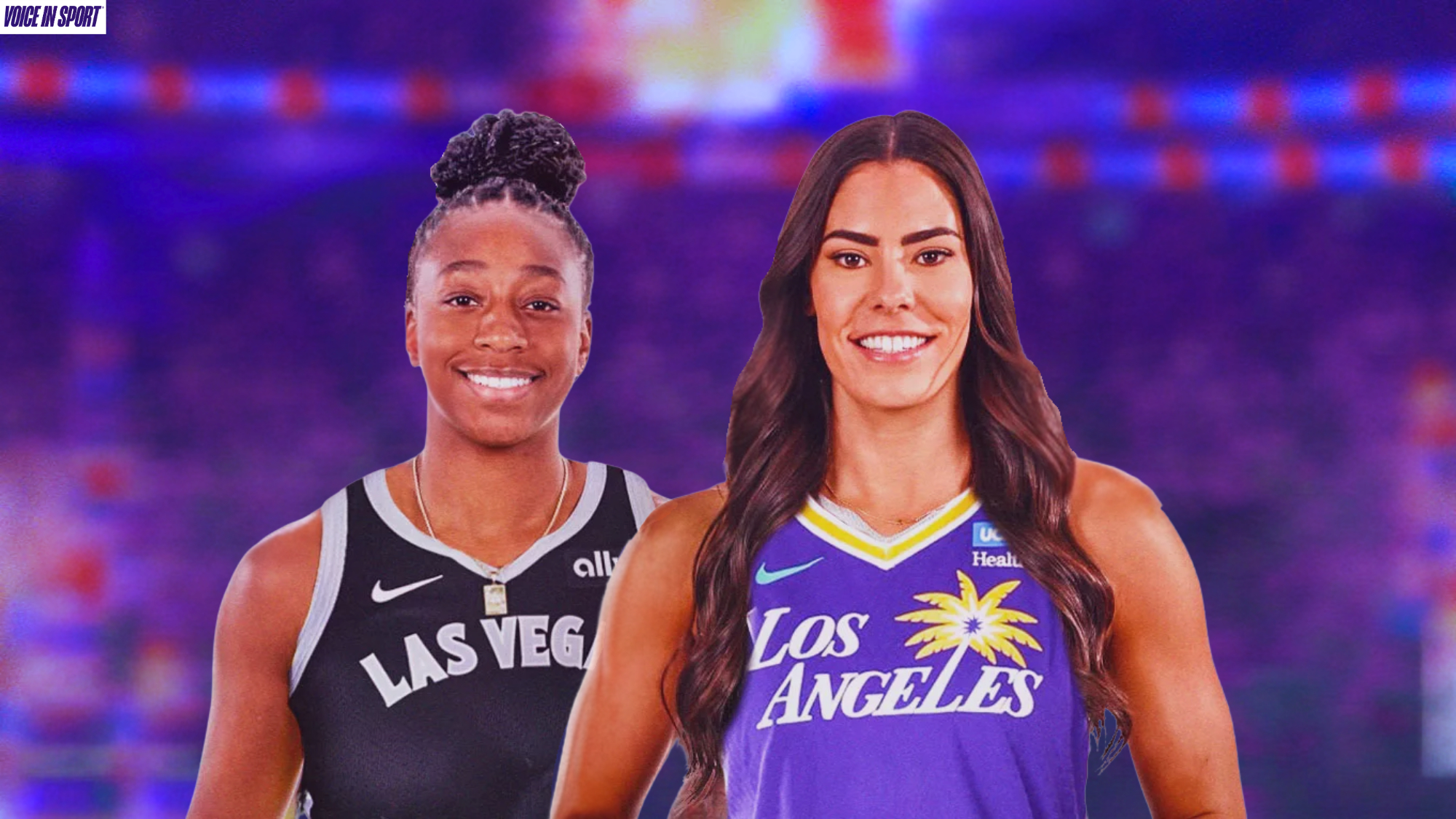The 2025 WNBA free agency has officially kicked off, and it started with a bang. On January 26, a blockbuster, multi-team trade involving Kelsey Plum and Jewell Loyd – the first trade in league history to involve multiple No. 1 overall picks – shook up the basketball world, and it has every team thinking about their next move.
Under the trade, Plum, a guard, will join the Los Angeles Sparks next season. Seattle Storm guard Loyd is heading to Plum’s former team, the Las Vegas Aces. And the Seattle Storm will acquire forward Li Yueru as well as the No. 2 pick in the 2025 WNBA draft.
Although the WNBA is in its offseason, there’s never been a more exciting time for the league. The addition of a new team and a revised collective bargaining agreement are influencing the considerations of players and teams alike as they take on free agency, marking new opportunities for professional women athletes.
What is the Core Designation?
To discuss WNBA free agency, it’s important to understand a key feature: core designation. Core designation gives teams the ability to “core” an unrestricted free agent, usually a star player with a large role in the team’s success and identity. The core qualifying offer includes a one-year supermax offer and ensures a team would receive something in exchange if their cored player leaves. Because a player could still switch teams through a sign-and-trade, players who receive a core designation can still be – and often are – big names in trade rumors. Some of the league’s stars have received the core designation this offseason, including Plum, VIS Mentor Satou Sabally, and Breanna Stewart.
Last month, Las Vegas Aces Head Coach Becky Hammon expressed gratitude for Plum and what she brings to the team. “We’re going to get to a position where, hopefully, everybody’s happy, but we certainly value Kelsey,” Hammon said. “...she’s definitely an integral part of our organization.” Hammon’s position sheds light on how core designation can affect a team’s approach to free agency. Core players are often the most popular among fans and are vital to both an organization’s playing identity and commercial success. The core designation increases WNBA viewership because it can help a team retain and build around a star player, leading to high-profile matchups and exciting storylines.
“With this surge of attention, accessibility, visibility and, of course, investment in dollars, the most pressing thing to consider right now is how we use those dollars to continue to grow and also value the players.”
Game-Changing: The Impact of Expansion
The WNBA’s high-powered rise in popularity also impacts how this year’s free agency could play out. At the end of the 2024 season, players opted out of the current collective bargaining agreement (CBA) to negotiate a new contract, reflecting the league’s rise in both revenue and recognition. "With this surge of attention, accessibility, visibility and, of course, investment in dollars, the most pressing thing to consider right now is how we use those dollars to continue to grow and also value the players,” WNBPA President and VIS Mentor Nneka Ogwumike said.
Because the terms of the CBA won’t begin until 2026, most players negotiating contracts during this year’s free agency are expected to sign one-year deals. Along with league-wide improvements addressing travel and practice facilities, the new CBA is also expected to include an increased salary cap. A new CBA ensures conditions for both current and incoming players reflect the WNBA’s growing popularity, and players’ benefits will be aligned with the league as a whole.
If any proof is needed that the WNBA is attracting more attention, just take a look at its size. The Golden State Valkyries are the first expansion team in over 15 years, and they are a clear expression of the league’s growing popularity and optimism. Though Plum will be headed a few hundred miles south, the addition of the Valkyries creates an enticing destination for other players looking to make an impact on a new team and in a new market.
What’s Next?
Plum’s trade has already shaken up what the WNBA will look like next season, but it’s not the only one. Brittney Griner, who played 11 seasons with the Phoenix Mercury, became the Atlanta Dream’s biggest free-agent signing. Though they’ll be losing Griner, the Mercury will gain Alyssa Thomas (another player who was “cored” earlier this offseason). Once contracts can be officially signed at the start of next month, more movement is almost certainly on the way.
Plum joins a rebuilding Sparks team that looks to return to the playoffs for the first time since 2020. After seven years with the team that drafted her, fans will have to wait just a few more months before they get to watch Plum make an impact in purple and gold.


